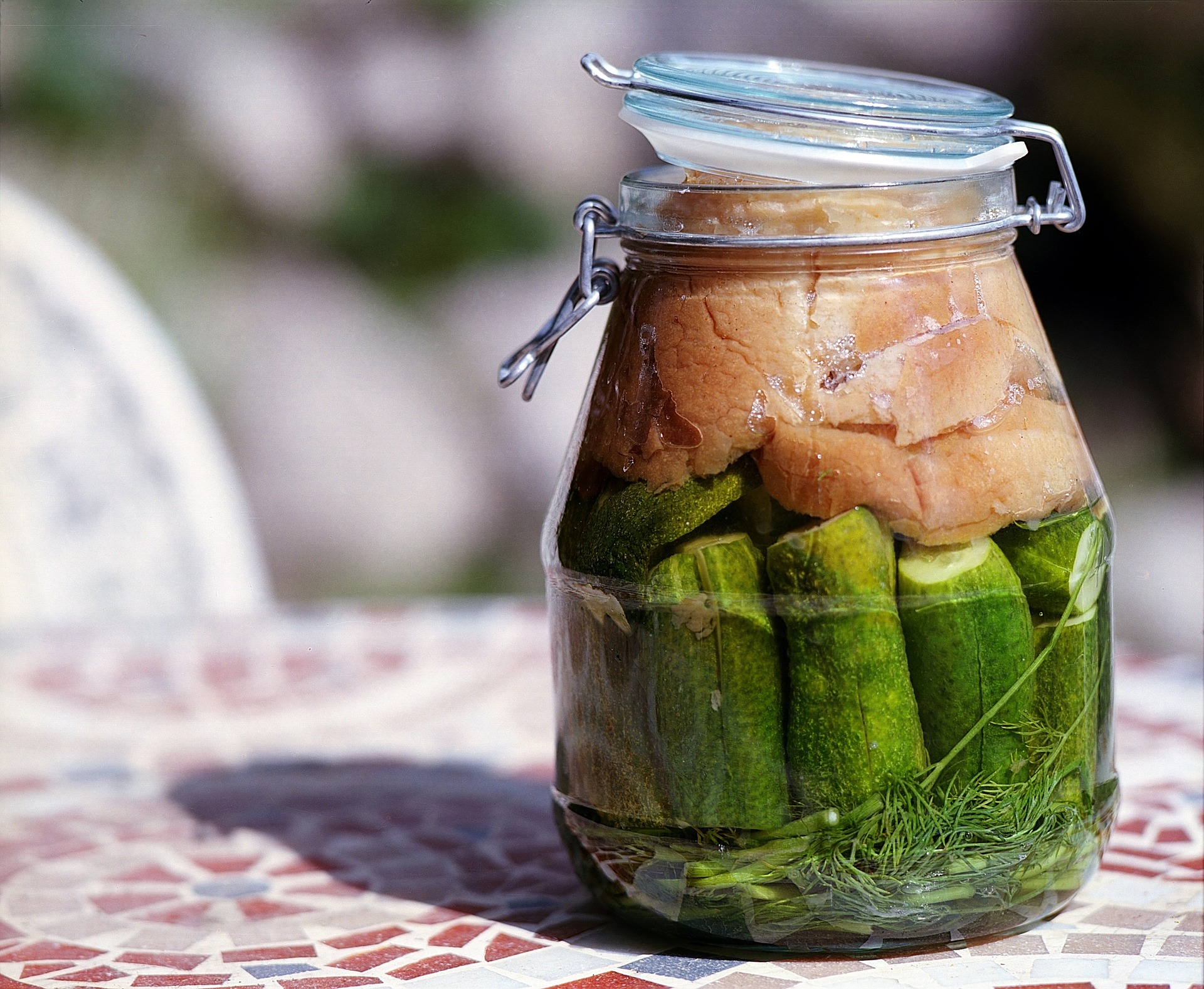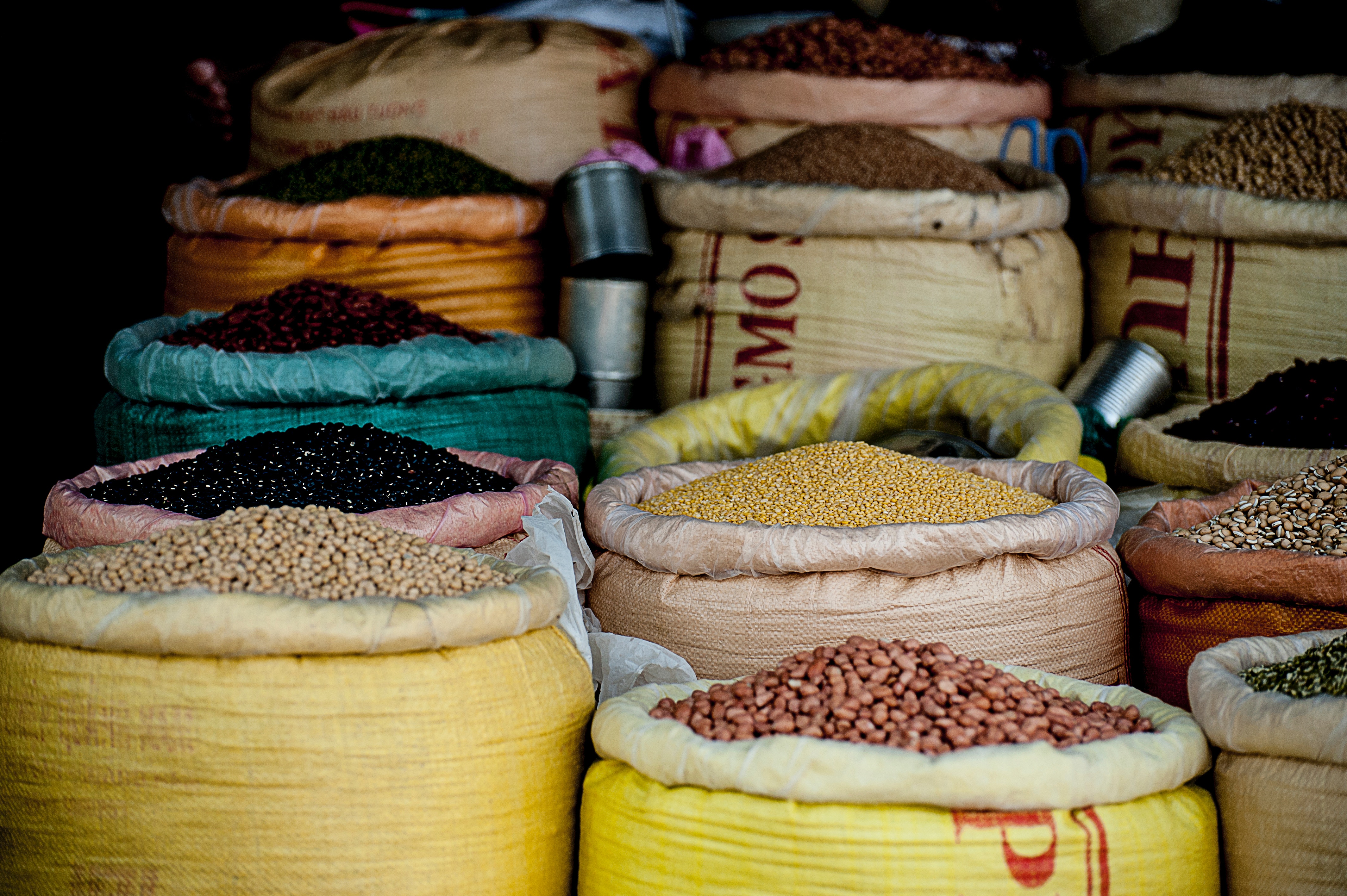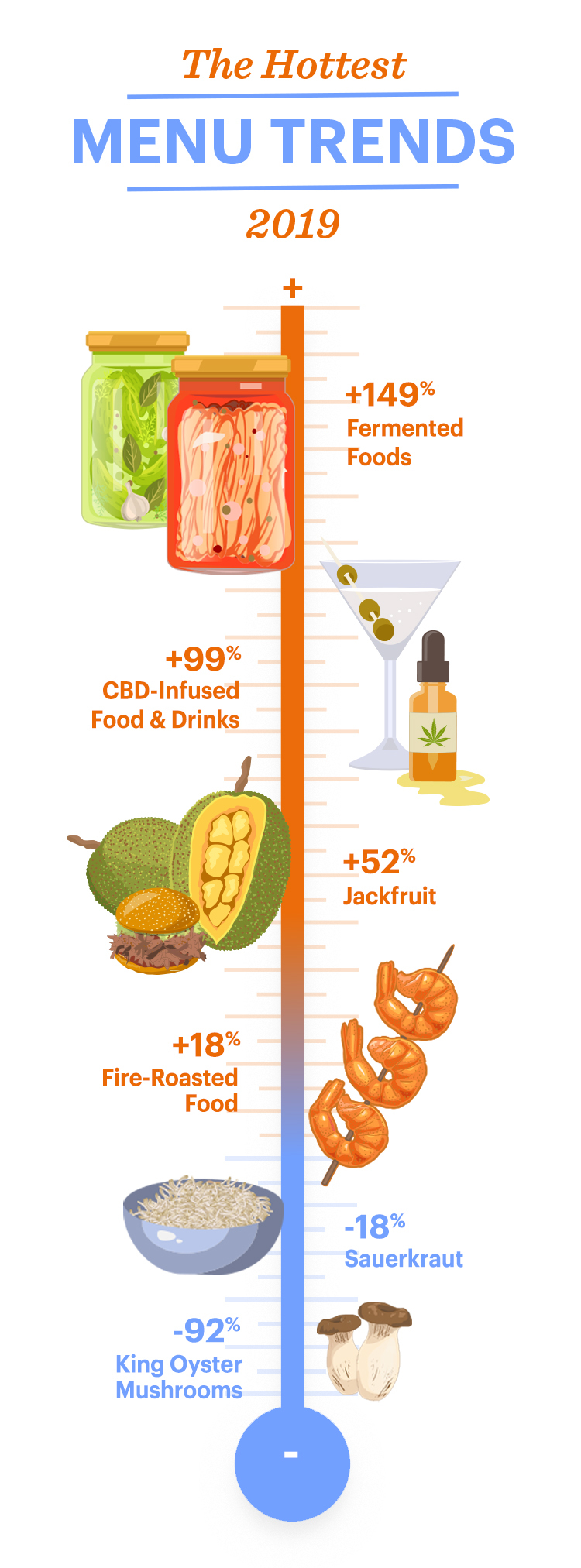Upserve’s Hottest 2019 Restaurant Menu Trends (Infographic)
3 Min Read By Upserve
Upserve surveyed 2018 menu and sales data from nearly 9,000 restaurants to dig into what food trends drove the most orders, and which are being left behind. For a more in-depth look at this topic, click here.
Many emerging food trends popped up across the country in 2018, but few made restaurant customers curious more than these unique eats. If these ingredients aren’t already on your menu, you might want to think about updating your current menu to keep your customers coming back.
CBD (Cannabidiol) — Up 99 Percent
It was only a matter of time before cannabidiol—or CBD—made its way into the restaurant industry. The non-psychoactive derivative from the cannabis plant has helped consumers looking for relief from inflammation, pain, anxiety, insomnia, seizures, spasms, and other conditions without the negative side effects of some pharmaceutical drugs.
According to the National Restaurant Association’s (NRA) What’s Hot Culinary Survey, a barometer of U.S. food and beverage trends, 650 professional chefs—all members of the American Culinary Federation—said infusing food and drink with cannabis and CBD could create unique cuisine opportunities and potential new markets for experiential dining occasions. Of the survey’s respondents, 77 percent identified cannabis/CBD-infused drinks as the number one trend in the restaurant industry right now, and 76 percent tapped cannabis/CBD-infused food as the second most popular trend.
Data from Upserve customers revealed a 99 percent increase in CBD menu items in 2018, setting up 2019 as the year of CBD. From baked goods to CBD-infused beverages, restaurants across the country are responding to a consumer demand to chill out.
Fermented Foods – Up 149 Percent
The wellness trend continues: a recent obsession with gut health has consumers turning to naturally preserved foods. This means that fermentation has swept the restaurant industry, with a staggering 149 percent increase on Upserve customer menus, making it the biggest trend in 2018.

Jackfruit- Up 52 Percent
Plant-based foodies have grown fond of the world’s largest tree fruit, jackfruit, which saw a 52 percent increase on restaurant menus. The fruit is native to India and Southeast Asia, and packs a nutritional punch for vegetarians as a good source of protein, calcium, iron, and potassium. As an adaptable food, jackfruit is commonly used as a meat substitute in meatless dishes. Unripe jackfruit has a meat-like taste and texture, and when cooked the fruit is transformed into a savory meat substitute similar to pulled pork, perfect for tacos or sandwiches.
Fire-Roasted Foods – Up 19 Percent
While some cooking methods quickly become stale, fire roasting has worked its way into American kitchens with a 19 percent increase on restaurant menus. Fire roasting vegetables and fruits results in a depth of flavor not attainable with regular roasting or baking, creating a variety of smoky flavors for chefs to offer customers.
Ancient Grains – Up 11 Percent
The last trend is not so much a food of the future, but a sign that consumers are continuing the trend of going back to their roots. With diets that focus on wholesome, unprocessed foods, ancient grains saw an 11 percent increase on restaurant menus in 2018. Grains such as teff, einkorn, amaranth, millet or spelt may sound rather exotic to the average foodie, but health-conscious consumers are well versed in these carbohydrates that provide more nutrition than a simple grain.

What’s Next for Restaurant Menu Trends?
While restaurants made room on their menus for CBD, jackfruit, and fermented foods, a few items were left in dust in 2018.
Despite fermented foods’ rise in 2018, sauerkraut saw an 18 percent decline on restaurant menus, allowing chefs to experiment fermenting ingredients other than cabbage. Vegetarian favorite king oyster mushrooms were also dropped from menus, with a 93 percent decline in 2018, likely replaced with jackfruit recipes for non-meat eaters.



